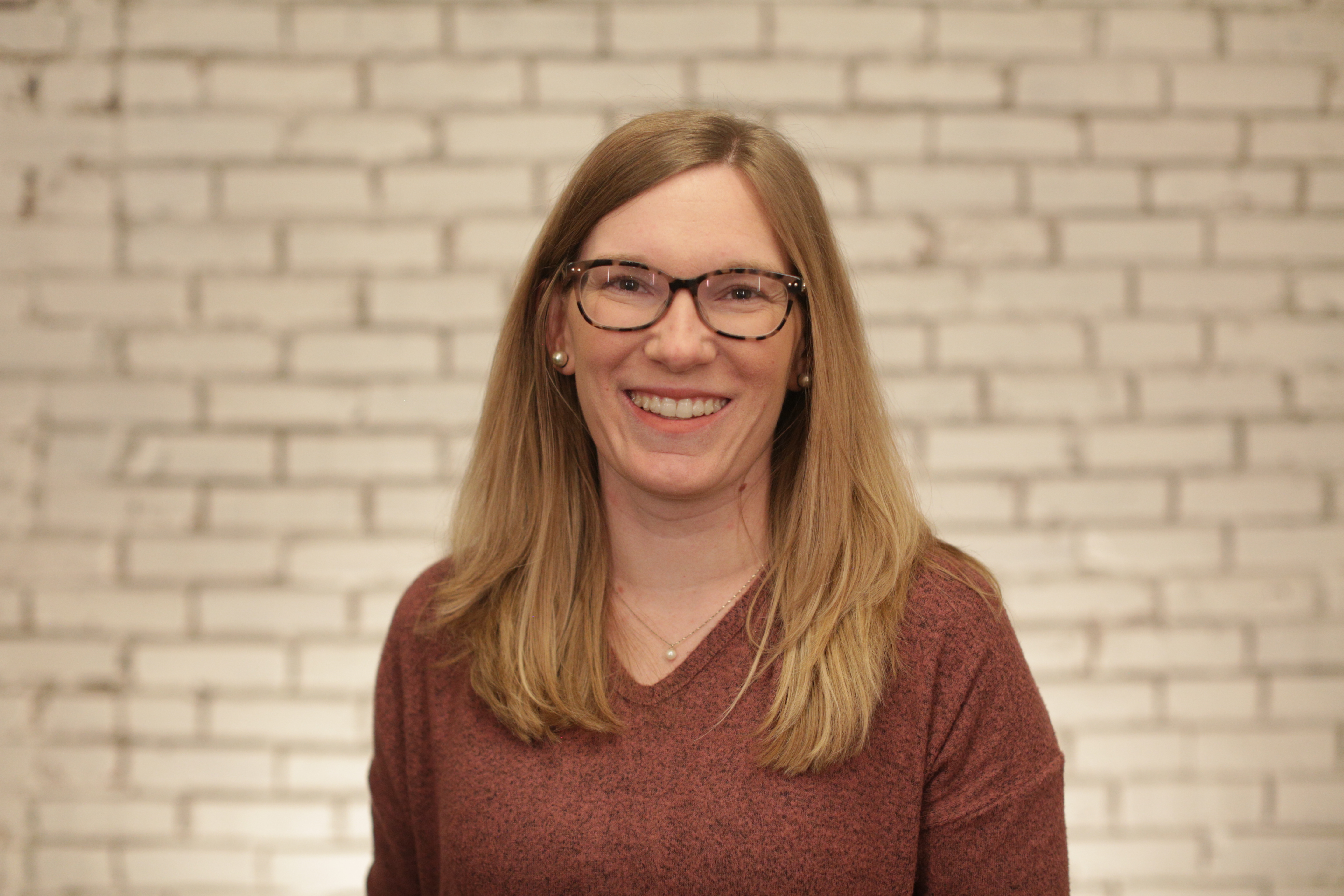The Ladder of Inference is a model that describes the mental process we go through, often unconsciously, to move from observing data to taking action. Originally developed in the field of management science, the model has significant implications in medical and health professions education! The model has several rungs:
- Observation: We start by observing data or experiences. This is where reality and facts exist, including spoken or written words, tone of voice, and physical actions observed.
- Selecting Data: From all the available data, we filter and select specific pieces to focus on. This is our selected reality, influenced by strength of stimulus, our interests, our emotions, and our beliefs and past experiences.
- Adding Meaning: We interpret the selected data based on our personal and cultural assumptions. This stage is where reality is interpreted, and we try to make sense of the information, typically utilizing past experiences, prior knowledge, and emotions.
- Making Assumptions: We make assumptions based on the meanings we've added. In this stage, our assumptions may be unconscious and may be influenced by our biases and preconceived notions.
- Drawing Conclusions: We draw conclusions from our assumptions, which may be incomplete or limited, as well as the biases and assumptions we hold.
- Adopting Beliefs: These conclusions form or reinforce our beliefs, and we become confident we can apply our new knowledge to future interpretations of selecting-reality and assumption-making.
- Taking Action: Finally, we take action based on our beliefs.
To put this process more simply, if you have heard or used the expression “jumping to conclusions,” that is essentially what the Ladder of Inference helps us do! We experience reality and facts, but we are only consciously mindful of some of them based on our beliefs and past experiences. We interpret our observations using our existing assumptions and draw conclusions, which eventually become beliefs. These beliefs influence our future actions, and we operate in a reflexive loop, whereby our beliefs affect the data we pay attention to in the future. This mental model can be helpful, because we do not always have the time to carefully consider or agonize over every detail or potential data piece. However, without awareness we can end up in a vicious cycle because our beliefs influence what we pay attention to and what we ignore.
In medical and health professions education, the Ladder of Inference mental modeling system is a useful concept in a few key areas. It can help us to navigate conflict by providing a tool to support candid conversations about our beliefs, perspectives, and decisions, which can translate to better patient care and outcomes. Additionally, understanding how we move through the Ladder of Inference can aid in uncovering and mitigating our own implicit biases. It can also serve as a helpful aid in coaching conversations!
Finally, the Ladder of Inference is a valuable concept in feedback conversations within medical and health professions education because it helps both the feedback giver and receiver understand how their perceptions and judgments are formed, potentially leading to more effective communication and learning. For example, this mental model as a feedback frame might help with:
- Clarifying Assumptions: By using the Ladder of Inference, we can become more aware of the assumptions and interpretations influencing our judgments. This awareness allows us to openly discuss and challenge these assumptions, leading to more constructive feedback and reduced misunderstandings.
- Encouraging Reflection: For learners, the Ladder of Inference encourages self-reflection. By understanding the process, they can recognize how their own assumptions might affect how they receive and act on feedback. This reflection can foster a growth mindset, helping learners become more open to constructive criticism.
- Promoting Objective Feedback: For educators, being aware of the Ladder of Inference helps ensure that feedback is based on observable behaviors rather than subjective interpretations. This practice helps keep the conversation grounded in facts and specific examples, making the feedback more actionable.
- Building Trust: When both the educator and learner understand the Ladder of Inference, it can build trust. It demonstrates that feedback is not just a judgment, but a well-considered response based on observable data making it easier for the learner to accept and act upon it.
In summary, the Ladder of Inference helps us navigate the complexities of perception, assumptions, and beliefs, leading to more effective, reflective, and constructive feedback interactions.
For additional resources, this MedEdPortal article offers all you need to facilitate a workshop introducing the Ladder of Inference that can be adapted to your setting, with the following workshop objectives: 1) Describe the Ladder of Inference framework, 2) Apply understanding of the framework to individual settings, 3) Identify the detrimental impact incorrect information can have, 4) Practice or observe reflecting, asking, and telling as techniques whereby the detrimental impact of incomplete or incorrect information can be mitigated.
Reflect on how assumptions may have impacted previous feedback interactions. How might the Ladder of Inference model support your next feedback interaction? Share your ideas via Twitter at #MedEdPearls!
#MedEdPearls are developed monthly by the health professions educator developers on educational affairs. Previous #MedEdPearls explored reactions to feedback, a framework for providing feedback, and the role of emotions in the feedback process.
Rachel Moquin, EdD, MA is a health professions educator and professional development facilitator. Rachel is the associate professor and associate vice-chair for Faculty and Educator Development in the Department of Anesthesiology at Washington University School of Medicine. Rachel’s areas of professional interest include clinician educator development, effective feedback practices, learning environments, and qualitative research methods. Rachel can be followed on Twitter or LinkedIn or contacted via email.
#MedEdPearls

Jean Bailey, PhD – Virginia Commonwealth University School of Medicine
Rachel Moquin, EdD, MA – Washington University School of Medicine


